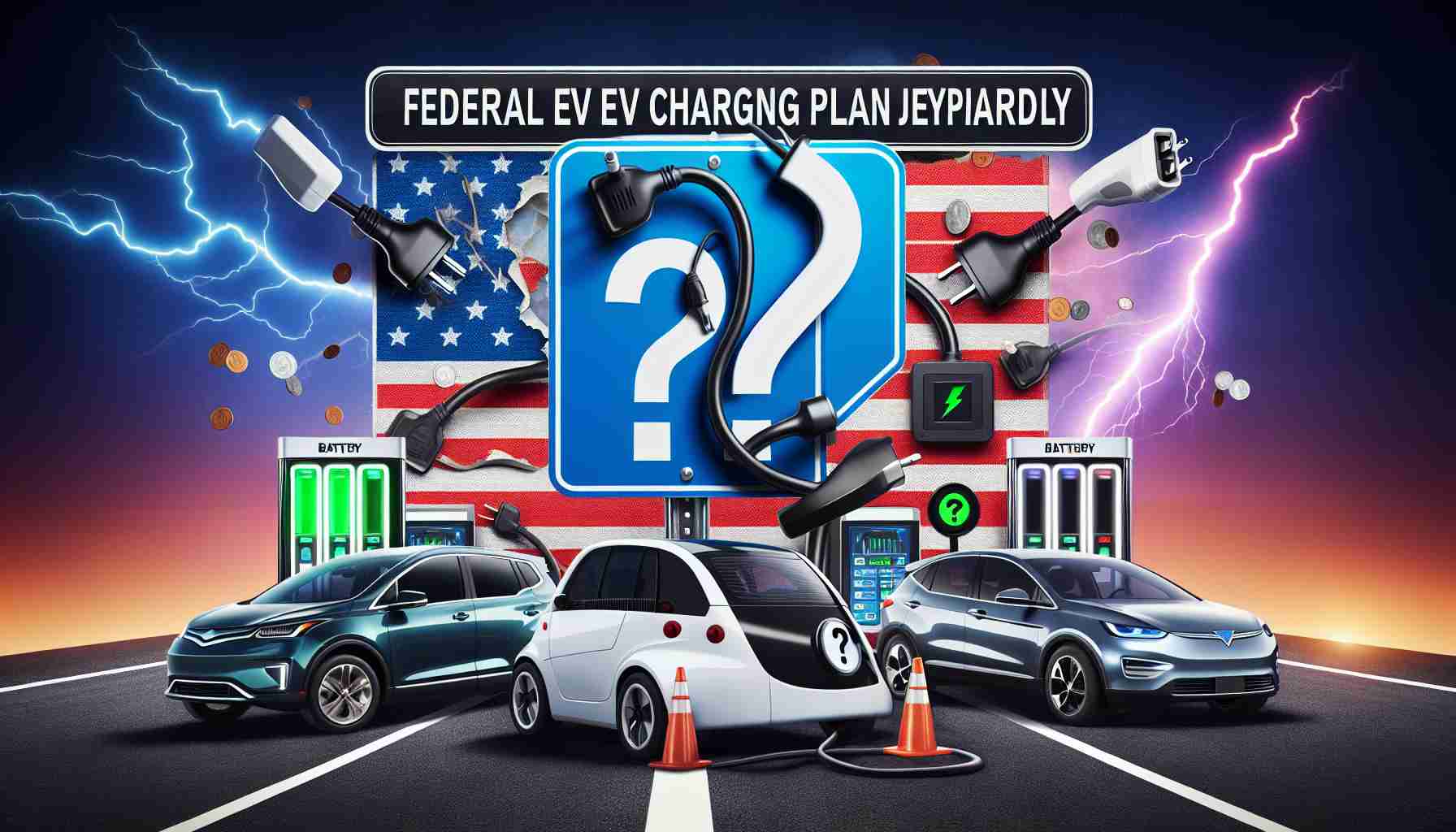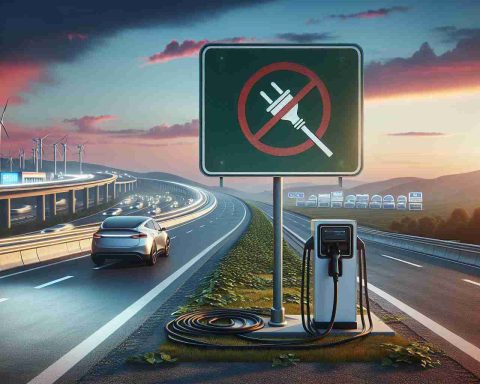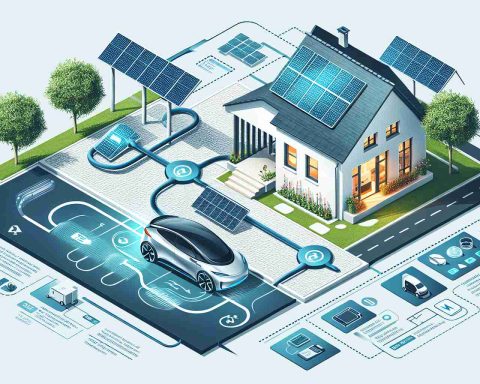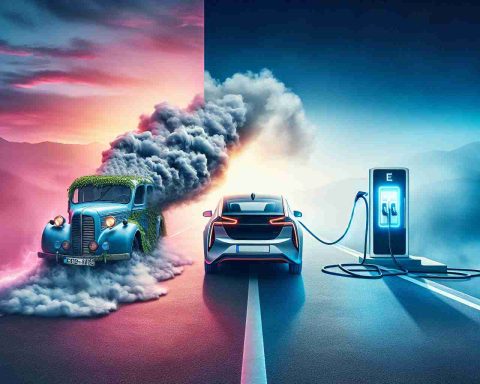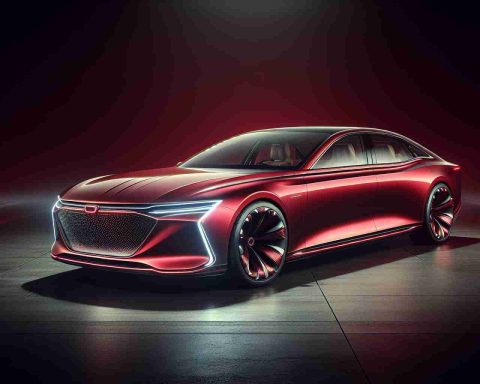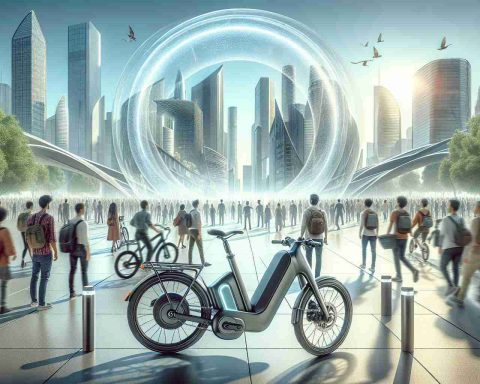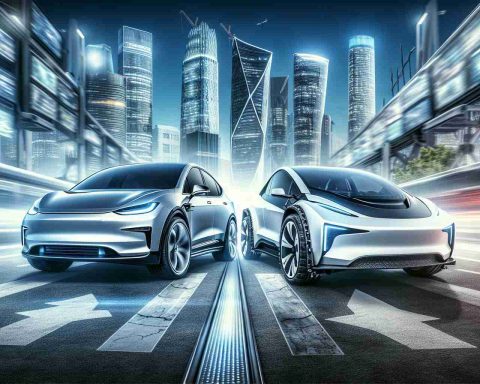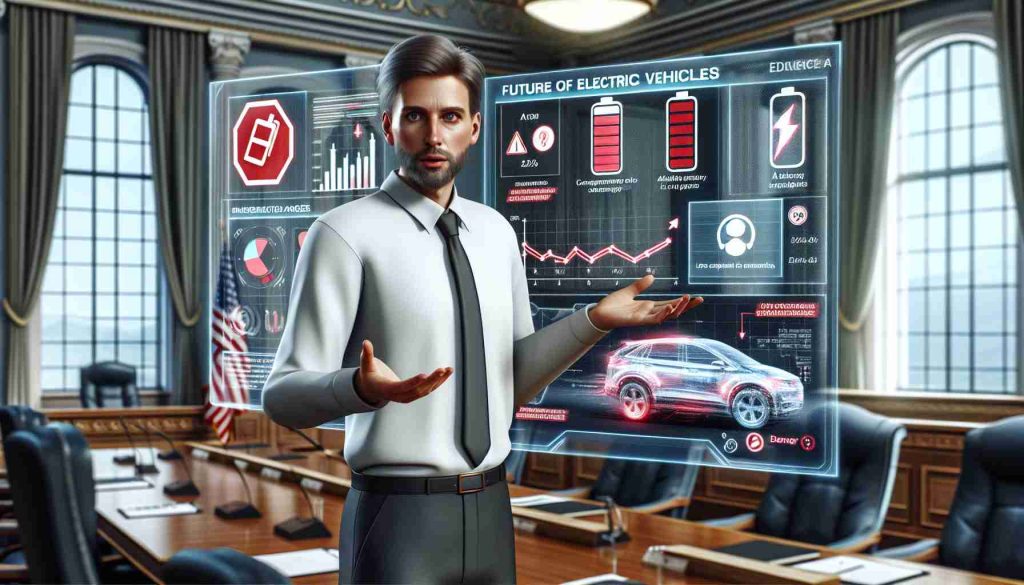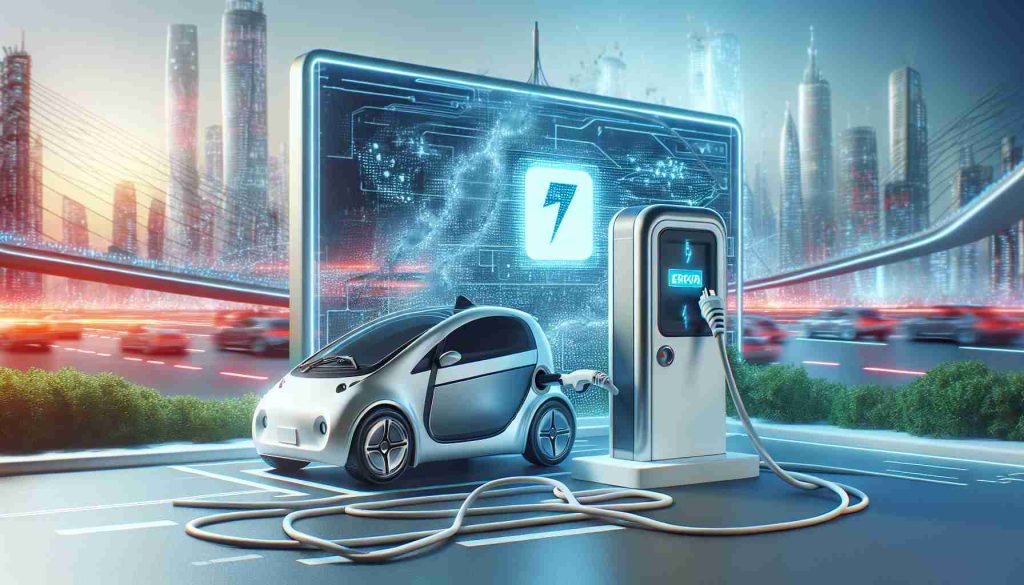- The Trump administration’s recent directive halts federal funding for EV chargers, causing confusion in charging infrastructure development.
- This decision is based on concerns about wastefulness of taxpayer dollars, igniting debates over future green initiatives.
- States like Alabama and Rhode Island are hesitant to move forward with projects that rely on the $5 billion NEVI funding.
- Industry leaders remain optimistic, as demand for EV chargers persists and the Tesla Supercharger network continues to expand.
- Analysts caution that delays in infrastructure could negatively impact EV sales and the U.S. auto industry’s competitiveness globally.
- Observing developments in charging infrastructure is crucial for EV enthusiasts and buyers navigating this changing landscape.
In a bold move, the Trump administration has thrown the future of electric vehicle (EV) charging infrastructure into a state of confusion. Recently, a directive halted federal funding for EV chargers that had been earmarked by the previous Biden administration. This decision was rooted in President Trump’s claim that such funding is a “waste of taxpayer dollars,” igniting a fierce debate over the path to a greener future.
As states were gearing up to utilize the $5 billion from the National Electric Vehicle Infrastructure (NEVI) program, the abrupt stop has left many projects dangling. Already, states like Alabama and Rhode Island have hesitated to proceed after receiving the initial directive. Uncertainty looms over existing projects, with funding that was anticipated to bridge gaps in charging accessibility for EV owners now in jeopardy.
Despite the federal pause, industry leaders are optimistic. The Tesla Supercharger network, a frontrunner in the EV landscape, remains poised to expand its footprint irrespective of federal assistance. The demand for EV chargers among drivers is expected to drive growth, regardless of governmental backing. Analysts warn, however, that a delay in charging infrastructure could hinder EV sales and further push the U.S. auto industry behind in the global race toward electric mobility.
Key Takeaway: As federal initiatives face hurdles, the collective push from the private sector and enduring consumer demand may ultimately determine the speed and success of America’s transition to electric vehicles. EV enthusiasts and potential buyers should keep a close eye on developments regarding charging infrastructure to navigate the evolving landscape.
Is the Future of Electric Vehicle Charging in Jeopardy? Discover the Surprising Trends!
The New Landscape of Electric Vehicle Charging Infrastructure
In light of recent federal changes, the future of Electric Vehicle (EV) charging infrastructure is experiencing significant shifts. The Trump administration’s decision to freeze federal funding for EV chargers, initially provisioned under the Biden administration, has created a ripple effect across the states that were preparing to utilize this funding.
# Market Forecasts and Trends
Despite the setback from federal initiatives, the EV market is predicted to continue growing, driven by consumer demand and advancements in technology. Industry experts suggest that the global EV market could reach $800 billion by 2027, primarily due to increased investments in charging infrastructure and battery technology.
# Innovations and Use Cases
The rise in innovative charging solutions, such as fast-charging stations and solar-powered chargers, showcases the potential for private sectors to step in and fill the gaps left by federal funding cuts. Tesla, for instance, is rapidly expanding its Supercharger network, indicating that private companies are willing to invest in EV infrastructure even without federal support.
# Security Aspects and Sustainability
As the EV market grows, so do concerns over security and sustainability. With charging stations becoming more ubiquitous, ensuring their cybersecurity will be crucial to protect consumer data and infrastructure. Meanwhile, investments in sustainable materials and renewable energy sources for charging stations can enhance the overall environmental impact of EVs.
Key Questions Addressed:
# 1. What are the consequences of the halted federal funding for EV chargers?
The halted funding creates uncertainty and delays in charging infrastructure projects across various states. This could hinder the growth of EV adoption and put U.S. automakers at a disadvantage compared to other countries prioritizing electric mobility.
# 2. How will private companies adapt to the changes in EV infrastructure funding?
Private companies like Tesla are likely to invest more in their infrastructure networks, focusing on providing efficient charging solutions to meet the growing demand among consumers, thus compensating for a lack of federal support.
# 3. What innovations in EV charging can we expect in the next few years?
We can expect to see advancements in ultra-fast charging technologies, renewable energy integration, and the installation of convenient charging stations in urban areas. Innovations may also focus on improving the user experience with apps that locate and reserve charging stations.
For those wanting to stay updated on EV developments, check out energy.gov for reliable information on electric vehicles and charging infrastructure.
As the EV landscape evolves, consumers are urged to remain informed about both federal actions and private sector initiatives to navigate the future of electric mobility effectively. The transition to a greener future remains a priority, and collaborative efforts will play a key role in overcoming the current challenges.
